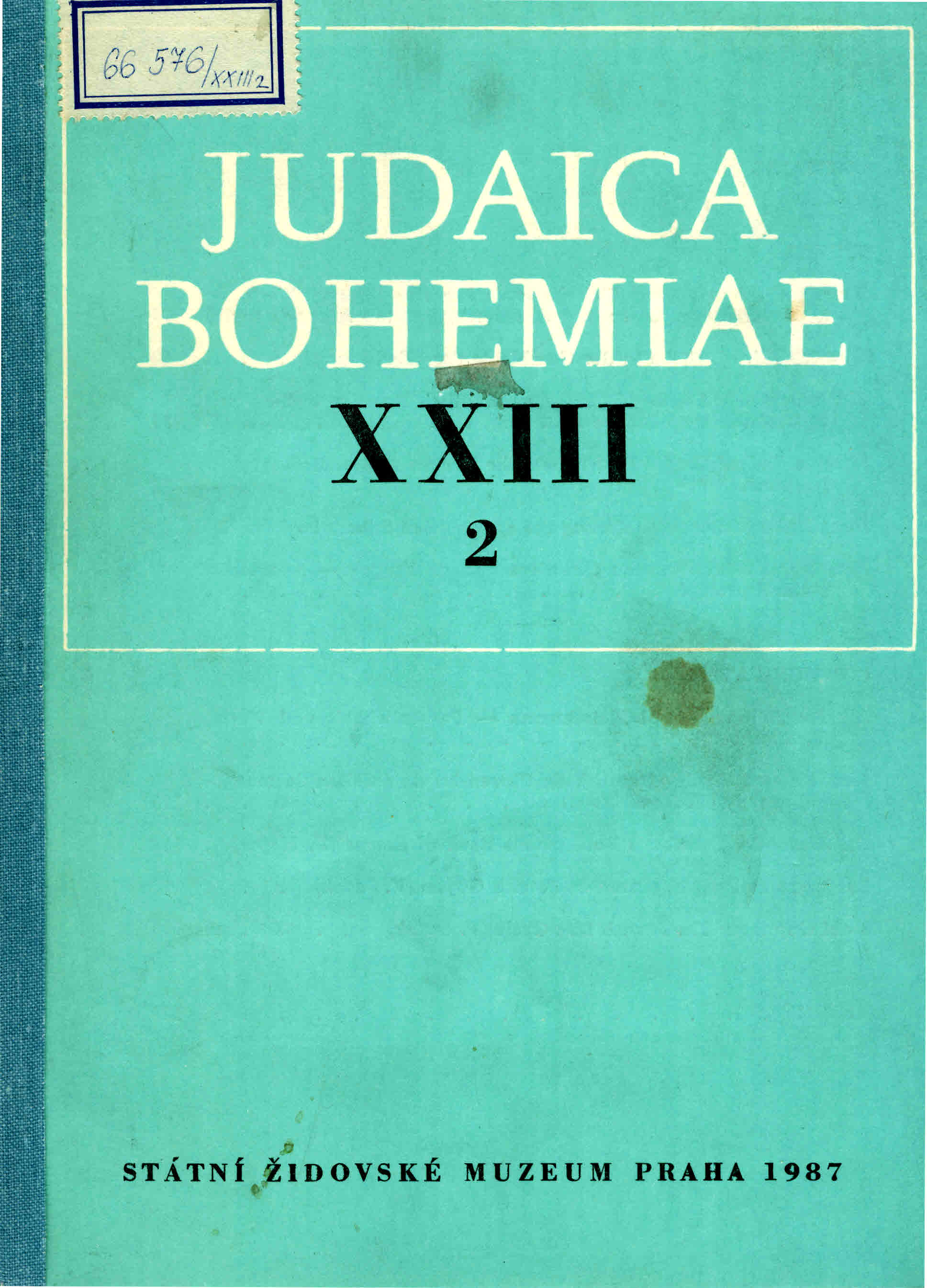Die Auslieferung des Synagogalen Silbers im Jahr 1810
The delivery of the Synagogue silver in 1810
Author(s): Josef HráskySubject(s): Cultural history, Jewish studies, Economic history, Military history, 19th Century
Published by: Židovské Muzeum v Praze
Keywords: re-stamping of all gold and silver items; Napoleonic Wars; synagogues; submitting the silver;
Summary/Abstract: The document discusses the financial crisis faced by Austrian lands following the heavy war reparations imposed by Napoleon in 1805, leading to economic ruin. A patent issued by Franz I in 1806 mandated the punzierung (marking) of all gold and silver items, which was a measure to restore the state’s finances. This process was completed by 1807 without assessing the metal’s purity, charging the same fee for different silver qualities. The 1809 defeat brought further financial strain, prompting a decree for citizens to contribute to the state’s recovery by surrendering their silver, with compensation offered in banknotes or state loan obligations. Jewish congregations were required to record and surrender their silver religious items, with strict accountability and the threat of severe penalties for non-compliance. The document also details the meticulous process of inventory and oath-taking enforced on Jewish community leaders, highlighting the significant cultural and financial impact of these measures on Jewish congregations and the loss of valuable cultural artifacts.
Journal: Judaica Bohemiae
- Issue Year: XXIII/1987
- Issue No: 2
- Page Range: 95-100
- Page Count: 6
- Language: German
- Content File-PDF

